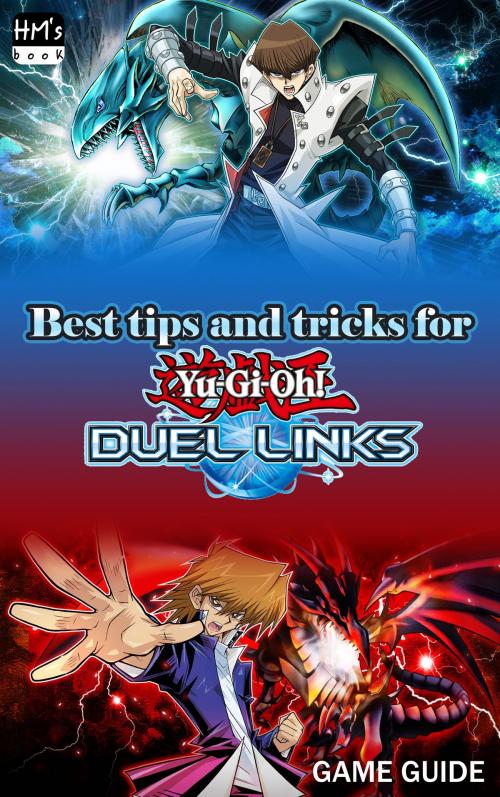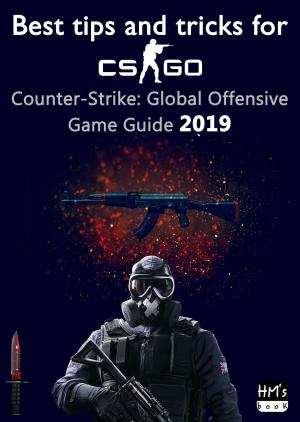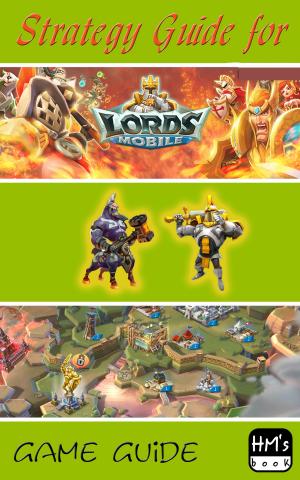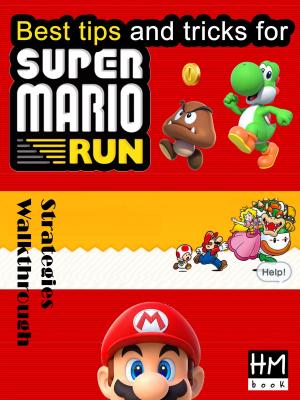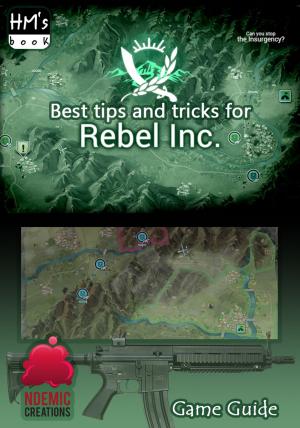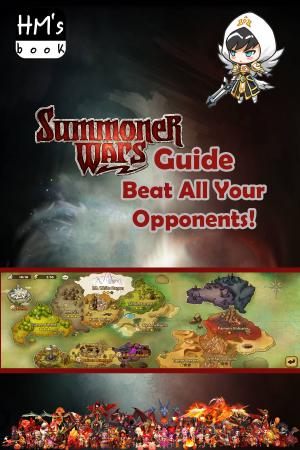Best tips and tricks for Yu-Gi-Oh Duel Links
Nonfiction, Entertainment, Games, Card games, Reference & Language, Reference, Consumer Guides, Guides & Handbooks| Author: | Pham Hoang Minh | ISBN: | 1230003120354 |
| Publisher: | HM's book | Publication: | March 7, 2019 |
| Imprint: | Language: | English |
| Author: | Pham Hoang Minh |
| ISBN: | 1230003120354 |
| Publisher: | HM's book |
| Publication: | March 7, 2019 |
| Imprint: | |
| Language: | English |
Free-to-play mobile spinoff Yu-Gi-Oh! Duel Links recently made its way to Steam, and while I don't love it like I do the standard Yu-Gi-Oh card game, its authentic presentation and snappy interface are enough to give fans of the series hours of nostalgic fun. Of course, PvP is at the heart of all card games, and Duel Links is no exception.
As I detailed in my impressions piece, Duel Links uses speed duel rules. This rule set essentially cuts standard Yu-Gi-Oh in half: 4,000 life points instead of 8,000, six board spaces instead of 10, one main phase instead of two, 20 card decks instead of 40, and a smaller starting hand. Duel Links also lacks extra deck tools like Synchro, XYZ and Pendulum cards, as well as several archetype-specific finishers and support cards.
As a result, the best decks in Duel Links are very different from their TCG counterparts. Some strategies and themes carry over, but everything plays out on a smaller, more limited scale. Compared to the TCG, this limits Duel Links' competitive depth, though its duelist-specific skills help make up the difference. Nevertheless, the emergence of strong decks in card games is as sure as death and taxes, and Duel Links does have a roughly defined meta. Here are five competitive decks from the upper echelons of that meta which illustrate different playstyles.
If you have just started playing Yu-Gi-Oh! Duel Links and you are looking at the Shop, wondering where to start, you might be overwhelmed by how many different packs are currently available. This game has recently celebrated its 2nd anniversary and right now the Shop features 16 Mini BOXes and 18 Main BOXes; investing into every single one of these is definitely not advised as the vast majority contain outdated cards and/or archetypes that are not viable anymore, so in this guide I will try and direct you towards the ones that feature cards that are currently relevant.
Staples
For starters, let’s talk about some of the most popular cards in the game right now—mostly Spell and Trap Cards that can fit in pretty much any deck. These cards have proven to be a great investment for many players by remaining relevant for a very long time and should be one of your primary foci if you have just started playing the game.
In this Guide, I will be explaining how to build a deck and what are some cards that are recommended for your first deck and other general things about Yu-Gi-Oh Duel Links. The deck will be a general deck that can get you far. As you progress through the game, you will get better and get stronger cards which you can then include in your deck later on in the game.
So take a look at this book and see what interests you!
Free-to-play mobile spinoff Yu-Gi-Oh! Duel Links recently made its way to Steam, and while I don't love it like I do the standard Yu-Gi-Oh card game, its authentic presentation and snappy interface are enough to give fans of the series hours of nostalgic fun. Of course, PvP is at the heart of all card games, and Duel Links is no exception.
As I detailed in my impressions piece, Duel Links uses speed duel rules. This rule set essentially cuts standard Yu-Gi-Oh in half: 4,000 life points instead of 8,000, six board spaces instead of 10, one main phase instead of two, 20 card decks instead of 40, and a smaller starting hand. Duel Links also lacks extra deck tools like Synchro, XYZ and Pendulum cards, as well as several archetype-specific finishers and support cards.
As a result, the best decks in Duel Links are very different from their TCG counterparts. Some strategies and themes carry over, but everything plays out on a smaller, more limited scale. Compared to the TCG, this limits Duel Links' competitive depth, though its duelist-specific skills help make up the difference. Nevertheless, the emergence of strong decks in card games is as sure as death and taxes, and Duel Links does have a roughly defined meta. Here are five competitive decks from the upper echelons of that meta which illustrate different playstyles.
If you have just started playing Yu-Gi-Oh! Duel Links and you are looking at the Shop, wondering where to start, you might be overwhelmed by how many different packs are currently available. This game has recently celebrated its 2nd anniversary and right now the Shop features 16 Mini BOXes and 18 Main BOXes; investing into every single one of these is definitely not advised as the vast majority contain outdated cards and/or archetypes that are not viable anymore, so in this guide I will try and direct you towards the ones that feature cards that are currently relevant.
Staples
For starters, let’s talk about some of the most popular cards in the game right now—mostly Spell and Trap Cards that can fit in pretty much any deck. These cards have proven to be a great investment for many players by remaining relevant for a very long time and should be one of your primary foci if you have just started playing the game.
In this Guide, I will be explaining how to build a deck and what are some cards that are recommended for your first deck and other general things about Yu-Gi-Oh Duel Links. The deck will be a general deck that can get you far. As you progress through the game, you will get better and get stronger cards which you can then include in your deck later on in the game.
So take a look at this book and see what interests you!
